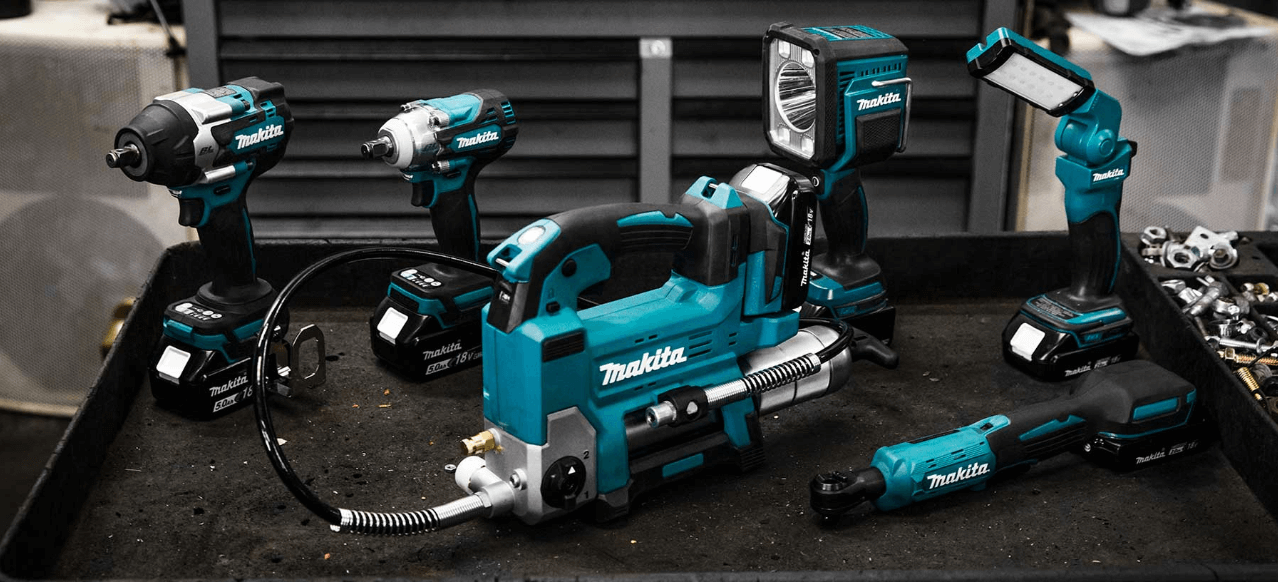Power and hand tools in Canada are two types of equipment used in construction projects for different purposes. Hand tools in Canada include hammers, screwdrivers, wrenches, and other items that are operated manually. On the other hand, power tools are powered by electricity, such as drills, saws, and sanders.
Both hand tools and power tools are used for a variety of tasks and have advantages and disadvantages. Hand tools in Canada are more adaptable and can be used for a broader range of functions. The following are the results of the survey. On the other hand, power tools are more powerful and can handle heavier tasks.
Why Are They Required?
Hand tools canada allow workers to complete tasks that would otherwise be impossible or extremely difficult. A screwdriver, for example, allows them to easily insert and remove screws. A hammer is used to drive nails into wood, and a saw is used to cut through wood.
Power tools Canada, on the other hand, assists workers in completing tasks more quickly and easily by utilizing equipment powered by electricity or batteries. A drill, for example, allows them to easily bore holes through wood, metal, or other materials.
Safety Tips When Using Hand and Power Tools canada:-
Because hand and power tools are frequently used in construction and other similar operations, it is critical to be aware of the potential workplace hazards before using them. Here are some safety precautions to take when using these tools in Canada:
1) Before each use, inspect your tools to ensure they are in good condition.
2) Use the appropriate tool for the job at hand.
3) Before using any power tool, read the operator’s manual.
4) If using loud tools, wear appropriate PPE, such as earplugs or earmuffs.
5) When using handheld power tools, secure your workpiece with clamps or another type of stability device.
